When temperatures start to drop and winter is around the corner, it means that it's time to snuggle up in warm, comfortable clothes, like Japanese socks, to keep your feet warm. This season, a unique trend is emerging, straight from Japan: tabi socks, also known as two-fingered socks.
THE HISTORY OF JAPANESE TWO-FINGER SOCKS
Japanese two-toed socks , known as " tabi ", have a rich and captivating history dating back centuries. Their origin can be traced back to the Heian period (794-1185), a period in Japanese history marked by cultural and artistic prosperity. At that time, Japanese nobles and members of the imperial court wore them as a symbol of status and elegance. Tabi were designed to be worn with traditional Japanese sandals , called " zori " or " geta ", and their separation between the big toe and the other fingers helped keep them in place while providing great agility for walking.
Over the centuries, tabi have evolved to become a versatile and iconic accessory in Japanese culture. They were worn by rural workers, artists, kabuki dancers, and even samurai warriors. This diversity of use demonstrates the functionality of tabi in Japanese daily life. Their unique design was also suited to different activities, from dancing to combat. Today, Japanese two-toed socks continue to symbolize the elegance and tradition of the Land of the Rising Sun, while providing exceptional comfort and protection against the winter cold.

THE WARMTH AND COMFORT OF JAPANESE SOCKS
When winter sets in and the cold sets in, socks become an essential part of our wardrobe to keep our feet warm. This is where Japanese socks come in, and more specifically two-toed socks such as tabi. Their unique two-toe design offers a significant advantage in terms of warmth and comfort, the separation of the big toe from the other fingers allows each toe to retain its heat individually, creating optimal thermal insulation. It's a bit like giving each toe its own little cocoon of warmth.
The materials used to make Japanese socks are also carefully selected to provide a soft and pleasant wearing experience. High-quality wool and cotton are often favored for their ability to maintain heat while allowing the skin to breathe, so they will keep you warm while preventing you from sweating, which is essential for winter comfort. Japanese socks also often feature flat seams and careful finishes to prevent uncomfortable chafing, making them ideal for long winter days.
In addition to their functional aspect, Japanese socks are also appreciated for their feeling of softness and well-being. People who wear them often report a feeling of soothing warmth that envelopes their feet, creating a comforting experience during the colder months of the year. This combination of warmth, comfort and quality makes Japanese socks an ideal choice for those seeking both practicality and well-being during the winter season.

TRADITIONAL JAPANESE SOCKS: TABI
Traditional Japanese socks, known as tabi, are cultural treasures that have stood the test of time. The term "tabi" is often associated with their distinctive two-toed design, a feature that makes them instantly recognizable. Tabi have become an integral part of Japanese culture, worn by various social classes and for a multitude of occasions. As previously mentioned, they were the favored choice of artists, kabuki dancers, samurai warriors, and even rural workers. This versatility speaks to the functionality of the tabi, which were suited to different activities.
The two-toe design also promoted better grip on tatami mats, these traditional straw mats, while allowing the feet to breathe. This feature was particularly appreciated in summer for ventilation. Today, tabi are still worn for traditional purposes, notably during Japanese tea ceremonies or festivals (matsuri). They are also revisited in modern designs, adapted to everyday life, so you can easily find koi carp pattern socks or even Maneki-Neko pattern socks. Tabi continue to represent a harmonious marriage of tradition and functionality, while being true emblems of Japanese elegance.

To conclude, we can say that in this winter season, Japanese socks, and more particularly two-fingered socks, will offer you a touch of elegance and comfort in no time. traditional tabi, with their unique design, offer warmth and style, while recalling Japan's cultural heritage. Whether for a special occasion or for everyday life, adopting this trend means combining tradition and modernity for warm and elegant feet.


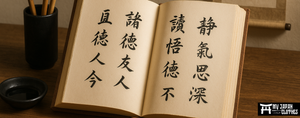


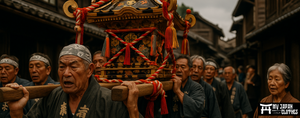
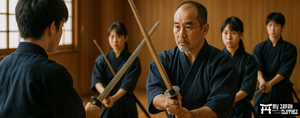



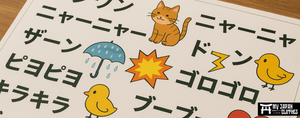


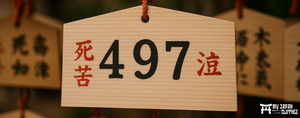
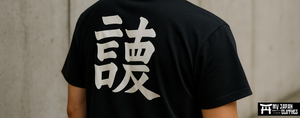
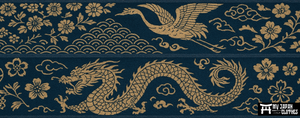
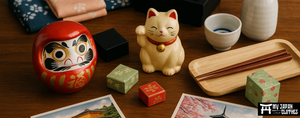




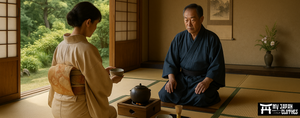
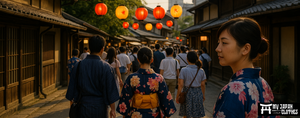
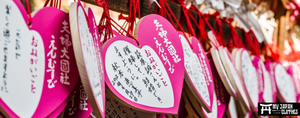



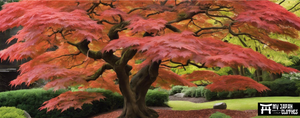



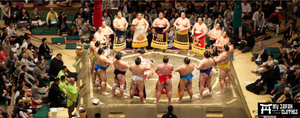















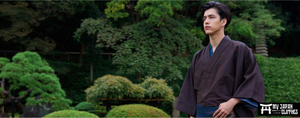
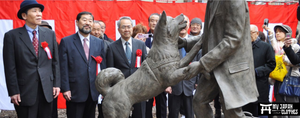
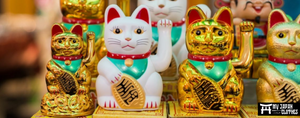

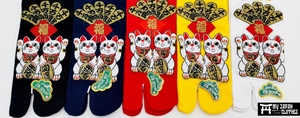
Leave a comment